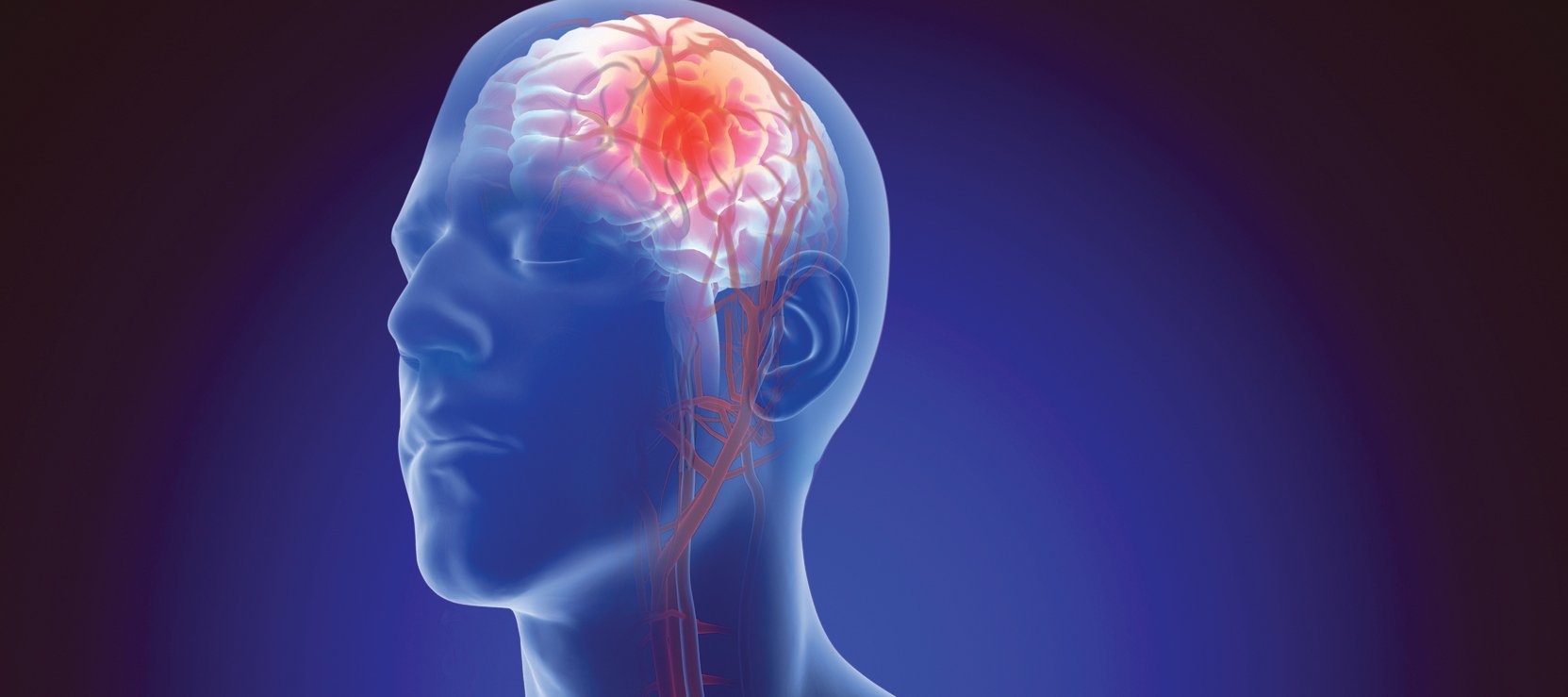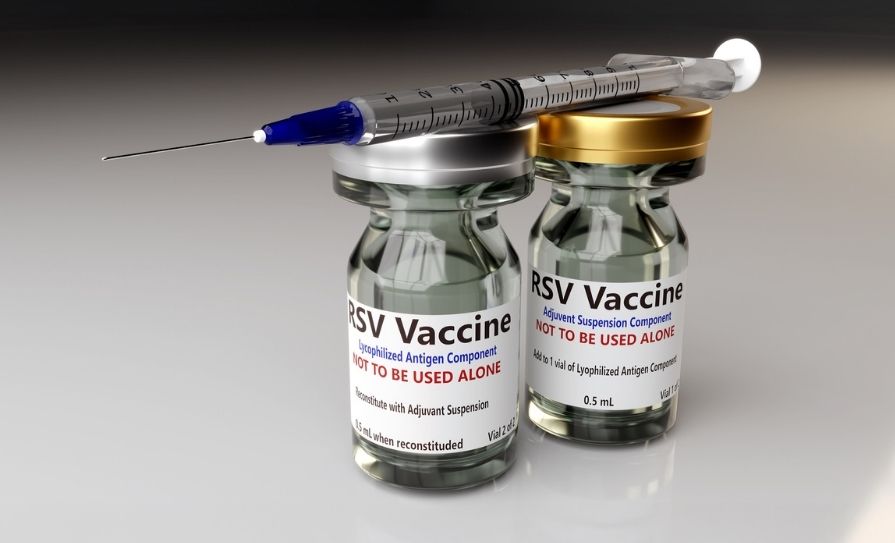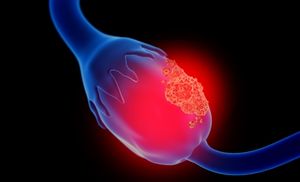Priscilla Lynch reports on the latest guidelines for the management of migraines in primary care and other supports for clinicians treating migraine patients
Migraine is the most common headache disorder seen by GPs. The World Health Organisation (WHO) Global Burden of Disease (GBD) studies have recently ranked migraine as the second-highest cause worldwide of years lost due to disability (YLD) – it is the leading cause of YLD in the age group 15-to-49 years. Migraine patients may experience episodic or chronic symptoms, and the latter is usually associated with the most significant disability.
There are more than an estimated one billion people who experience migraine globally and there are between 600,000 and 700,000 sufferers in Ireland. On any given day in Ireland over 13,000 people are suffering from migraine — the majority forming part of the workforce. Migraine is estimated to cost the Irish economy €252 million a year.
To mark Brain Awareness Week 2019 (11-17 March), a special information event for Oireachtas members, supported by the Migraine Association of Ireland, took place in Leinster House.
The event brought together legislators, healthcare experts, patients and their representatives to examine how our healthcare service can respond better to the needs of migraine sufferers.
This included a focus on patient access to emerging treatments used to treat migraine, and the implementation of the HSE’s National Clinical Programme for Neurology, which was launched in 2016.
Mr Pat Little, CEO of the Migraine Association of Ireland, said: “With an estimated 600,000-700,000 Irish people living with migraine, it’s clear that the condition is one that impacts a huge number of individuals directly, but also indirectly their families, friends and communities. To this end, ensuring that we have in place the correct supports and healthcare services to help those living with the condition better manage its effects is essential.
“In 2016, the HSE published its first National Clinical Programme for Neurology, which was to provide a roadmap for services in Ireland. Almost three years on, the progress towards its implementation has been slow. Our ask of policy-makers today is to support the accelerated roll-out of this programme, particularly the recruitment of neurologists and specialist nurses to reduce waiting times, and in improving access to life-enhancing next-generation medicines.”
Also commenting, Dr Martin Ruttledge, Consultant Neurologist at Beaumont Hospital, Dublin, said: “Migraine is a very common and often debilitating neurological disorder that is under-diagnosed/under-treated by doctors and healthcare professionals worldwide. This is particularly the case in Ireland, where there are insufficient resources to look after migraine patients. We need more doctors, specialist nurses, other healthcare professionals and headache services to care for this growing patient population. For example, the National Clinical Programme for Neurology recommends that there should be a total of 32 specialist headache nurses in Ireland. There are currently the equivalent of approximately three posts.”
New guidelines
In February, the ICGP launched its Migraine Quick Reference Guide, which was written by Dr Mary Kearney, GP with a Special Interest in Migraine, Dr Ruttledge, and Ms Esther Tomkins, Clinical Nurse Specialist in Migraine, to provide up-to-date guidance for clinicians treating migraine patients. The main aims of this guide are to illustrate the clinical spectrum of migraine and to give recommendations on the most appropriate treatments for people suffering with this disabling neurological condition.
“Migraine can cause very significant disability. After back pain, it is the second-most common cause of disability in women aged between 15-to-49 years. This can be the most demanding time of women’s lives, both personally and professionally,” said Dr Kearney.
“There is hope for migraine sufferers and new treatments are becoming available,” she added. “We hope this guide will help give doctors a greater understanding of migraine, and improved tools in the assessment of headaches, which will help them identify cause of headache, and a stepwise approach to the preventative treatment available.
“Because headache is so common, (90 per cent of the population), people can often misunderstand that there are very serious forms of migraine.”
The ICGP guide highlights:
– Important symptoms in the assessment of any headache.
– Acute treatment of migraine.
– How patients’ keeping a diary of headaches and having a good partnership with their GP are imperative to reduce migraine attacks.
– When to start preventative treatment, and recommended dosages for medication.
It can be accessed at: https://bit.ly/2TPVR2v.
Other supports and training
The Migraine Association of Ireland is Ireland’s only patient charity providing support, education, information and reassurance to people suffering from migraine and other headache disorders. It provides free educational courses on self-management and understanding migraine for people with migraine, and certified health professional courses for GPs and other healthcare professionals (HCPs). The Association also lobbies and advocates on behalf of migraine sufferers to access new treatments and to ensure they have access to current treatments.
The Association has pointed out that migraine patients take, on average, six years to receive a correct diagnosis and treatment plan for their condition.
A recent study of headache centres throughout Europe, including Ireland, highlighted the following issues:
Excessive referral of patients to specialised centres is a common cause of inflated waiting lists.
On average, 52 per cent of patients being referred to headache centres had episodic migraine. This type of migraine can be managed effectively in primary care.
Primary care physicians should manage the majority of patients with acute medication and start them on first-line prophylaxis.
Only 66 per cent of chronic and 22 per cent of episodic migraine patients referred to specialist centres had been prescribed a preventative. The study ascertained that this excessive referral rate to specialised centres was because of a lack of expertise in the primary care setting.
The high incidence of follow-up appointments also indicated a lack of confidence with migraine management among GPs.
34 per cent of patients referred to specialist centres had medication overuse headache (MOH) and there was a perceived reluctance to diagnose MOH in the primary care setting. Information and advice alone can reduce headache frequency and acute medication use in many patients with MOH.
There was a significant difference reported in relation to the role of nurses in each centre. Previous studies found that delegation of activities to nurses resulted in improved patient satisfaction and a reduction in overall healthcare utilisation.
In order to improve patient outcomes and improve knowledge regarding the diagnosis and treatment of migraine, the Migraine Association of Ireland runs comprehensive, specialist migraine HCP training events throughout the year. These events offer primary care-givers the opportunity to improve their knowledge around migraine and to avoid excessive referral to specialist headache and migraine centres in hospitals throughout Ireland.
All
events are free to attend, with details available at
www.migraine.ie, info@migraine.ie or Tel 01 8941280. Recent professional
training events, held in Richard Carmichael Lecture Theatre, Beaumont Hospital,
Dublin, have included lectures for GPs on current and emerging therapies,
classical overview of migraine and problems arising in general practice, the
use of physiotherapy management in migraine, and acute and preventative
treatment of chronic migraine.
References on request
Migraines — pathophysiology
• Migraines are disabling headaches usually characterised by one-sided pulsating pain. The two major subtypes are migraine with aura (~1/3) and migraine without aura; aura describes visual disturbance, such as flashing lights or zig-zagging lines.
• Migraine is further categorised into episodic migraine (>15 headaches per month — approximately 14 per cent of the general population), and chronic migraine (>15 headaches per month — approximately 1 per cent of the general population). Nausea, vomiting and sensitivity to light, noise, movement and smell are often experienced with attacks.
• Migraine is among the most common neurological disorders, with an estimated global prevalence of 14.7 per cent (around one-in-seven people). Despite the high prevalence, less than 50 per cent of migraine sufferers are satisfied with their current treatment, the majority choosing to self-medicate using non-prescription drugs, increasing the risk of medication-overuse headaches.
• Migraines are multifactorial in nature and despite extensive research, their pathophysiology is yet to be fully understood. Genetic components and environmental interactions are considered causal factors. Bidirectional interactions between the peripheral and the central nervous systems (CNS) are implicated, with migraine sufferers showing abnormal CNS neurophysiological patterns in the time between attacks. It has been observed that varying levels of ovarian hormones, especially oestrogen, may also play a role, making women more predisposed to migraines.
Stress, hidden food allergies/intolerances, inflammation, obesity, hormone imbalances, blood sugar dysregulation, certain medications, poor sleep, elevated homocysteine levels, alcohol, caffeine and nutrient deficiencies are common triggers for attacks.
Recent research also shows a clear association between migraines and gastrointestinal disorders such as IBS, coeliac disease and non-alcoholic fatty liver (NAFLD), indicating that the health of the gut may play an important role in migraines. One link between many gut disorders and migraine is enhanced proinflammatory immune responses.













Leave a Reply
You must be logged in to post a comment.